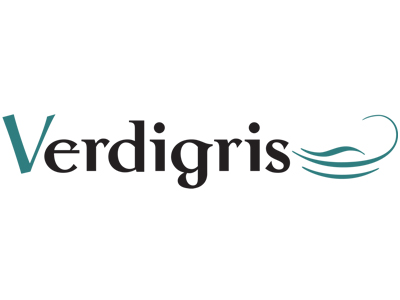It’s not easy to get worked up about the Conference of the Parties (COP) talkfest that took place recently in Katowice, Poland. But as slow moving and ponderous this annual meeting appears to be, progress to address climate change mitigation is gradually being made. Sadly the graphics industry pays virtually no heed to the COP outcomes, but that doesn’t mean that they are not worth paying attention to.
The COP deals with huge topics, topics and problems that seem to be too big to solve, too remote to reach. Yet they are reachable. This year’s event had four areas of focus: sustainable mobility, the circular economy, energy transitions and climate finance. The Verdigris project has long since championed the circular economy and has encouraged the idea of energy transitions for ages too. But the arguably bigger issue of climate finance is not something we have spent much time with. It’s important though and should be of interest to industry associations. They are well placed to work with local governments to invest in the graphics industry with a view to encouraging funding for projects that reduce overall impacts on climate change.
The Sustainable Innovation Forum, a COP affiliate event, brought together technologists and policy makers from around the world and attracted over 600 participants to its sessions. Perhaps the Forum’s most significant announcement was the availability of the World Green Economy Report 2018, from the University of Cambridge Institute for Sustainability Leadership (CISL). This report explains what businesses, banks and governments can do to move towards a more sustainable world. For business the suggestions should be obvious: organise the company so that it has an environmentally cognisant strategy and business model, with targets and environmentally sound operational practises and decisions. Banks can invest for the long term, recognise that environmental investments should be priced accordingly and come up with financial structures that suit sustainability more cost effectively. Governments should be taking the lead with all of this, setting and supporting realistic and achievable targets and fixing externalities with local policies that also drive socially useful innovation. They could make a solid start by reviewing and bringing into alignment waste collection, sorting and recycling.
Yes the COP is wonkish and of slender fascination for most graphics professionals, but this industry needs to do more to improve its environmental accountability if it is to have a healthy and sustainable future. Technologists, manufacturers, service providers and their customers should all be working together to ensure that initiatives are collaborative and mutually supportive and that rules and regulations ensure sustainable futures. This work is inevitably about compromise and cooperation, but ultimately it will lead to improvements in how the graphics industry functions and how it is perceived.
– Laurel Brunner
This article was produced by the Verdigris Project, an industry initiative intended to raise awareness of print’s positive environmental impact. This weekly commentary helps printing companies keep up to date with environmental standards, and how environmentally friendly business management can help improve their bottom lines. Verdigris is supported by the following companies: Agfa Graphics, EFI, Fespa, HP, Kodak, Kornit, Ricoh, Spindrift, Splash PR, Unity Publishing and Xeikon.





